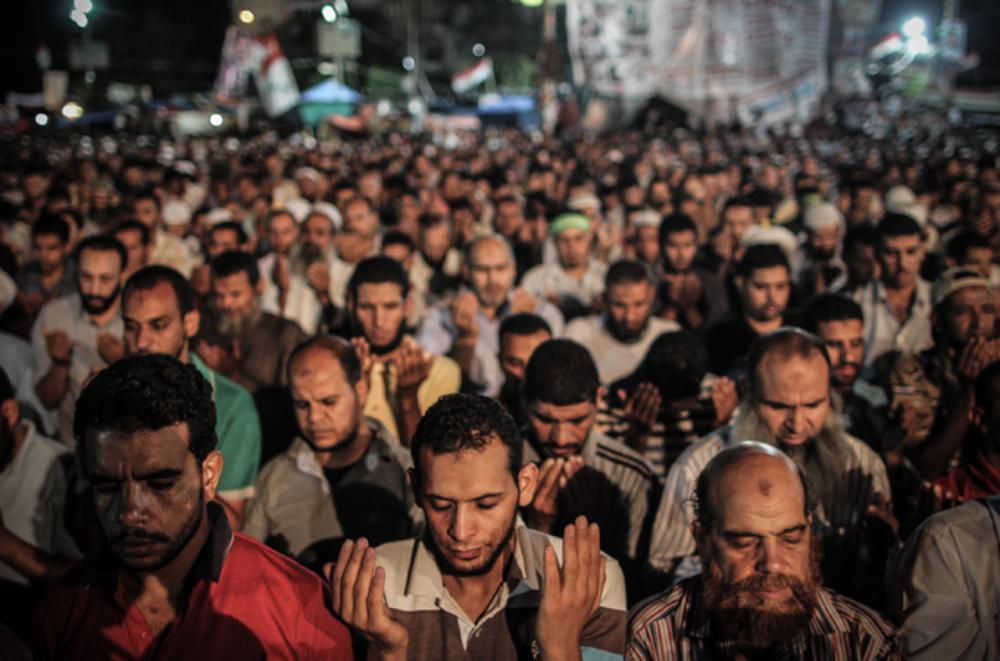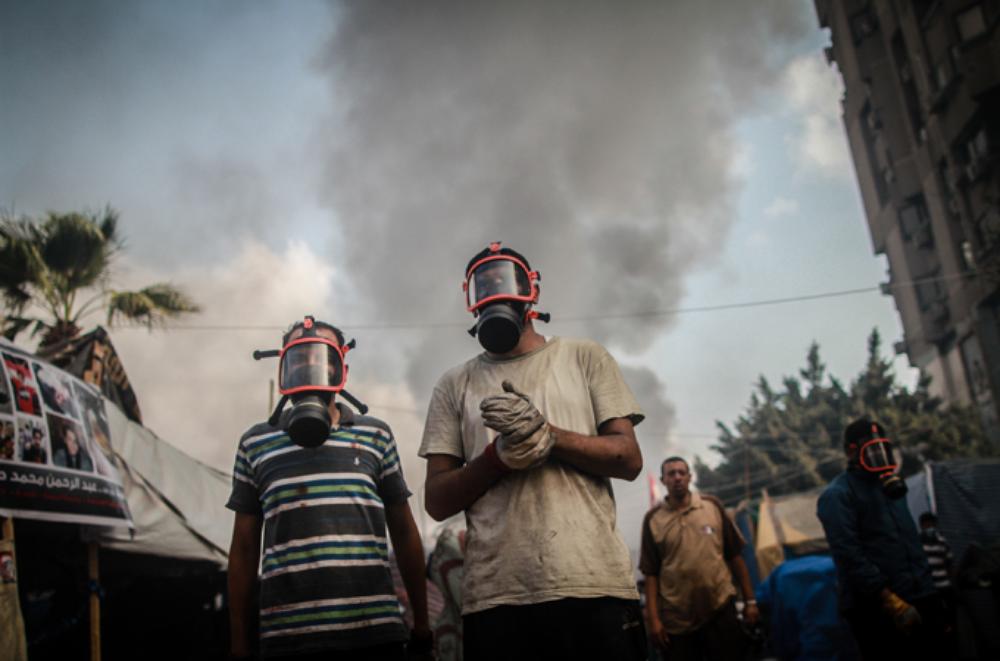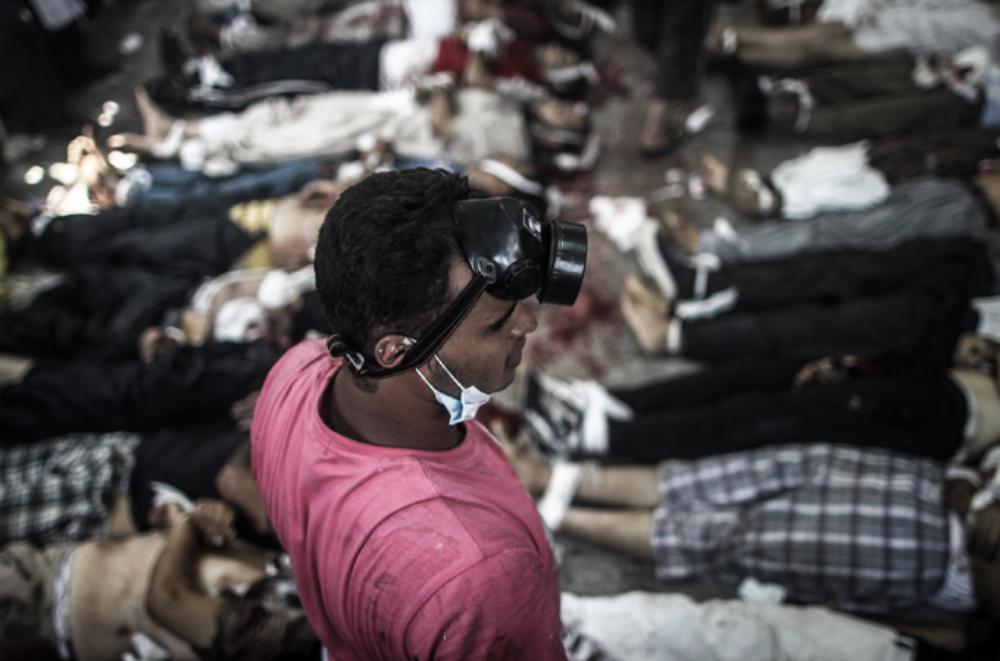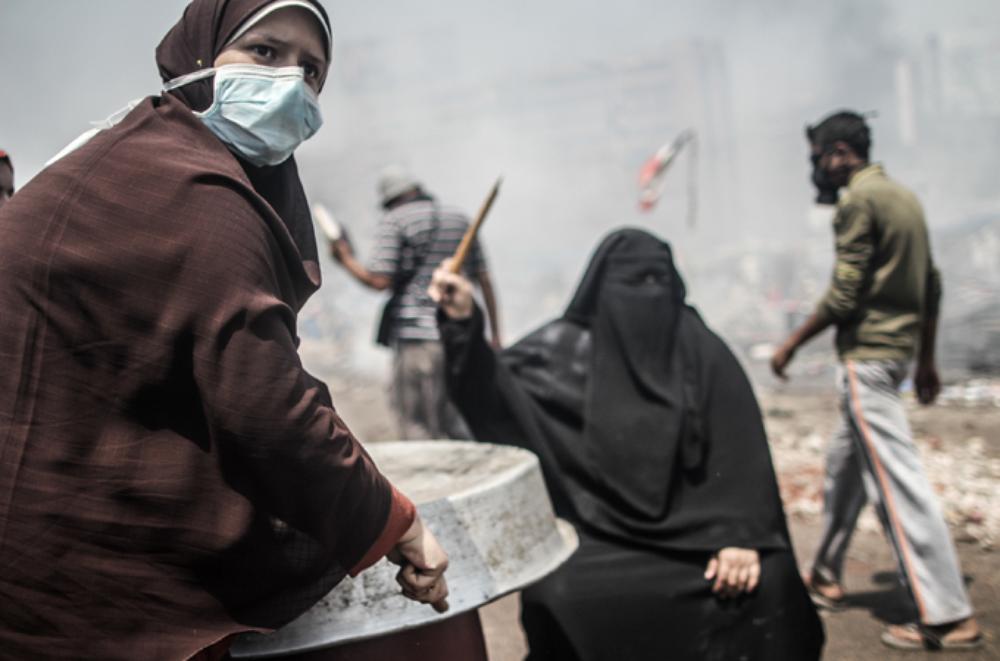 |
| Advertisement |

Cairo, Egypt - After massive protests calling for President Mohamed Morsi to step down, the Egyptian military announced the ouster of Egypt's first democratically-elected president on July 3, 2013. The protests - staged in Tahrir Square one year after Morsi was sworn into office - called for early presidential elections, with protesters accusing the president of failing to achieve his electoral promises.
The Muslim Brotherhood, Egypt's most popular political group at the time, called for counter-protests at Rabaa al-Adawiya and al-Nahda squares. Rabaa Square is the site of a well-known mosque in Cairo's Nasr City district and one of the most vital areas of the capital. The protests developed into a large-scale sit-in against the military coup.
According to Human Rights Watch (HRW), approximately 85,000 protesters joined the sit-in, which extended for over 45 days and grew larger and more organised with time. Protesters slept, ate, prayed, and lived at the square. Many hoped the sit-in would succeed in pressuring the military to restore Morsi to the presidency.
Advertisement
As time passed, supporters of the military across the city grew frustrated with the defiant sit-ins. Calls to disperse them came from both largely pro-military private and state-owned media outlets. The military-backed government officially ordered the dispersal of Rabaa and al-Nahda on August 14, 2013.
In the early hours that day, armoured vehicles, bulldozers, and hundreds of security forces moved in. Over the span of 24 hours, at least 1,000 protesters were killed, according to HRW. The human rights group labelled the incident "one of the world's largest killings of demonstrators in a single day in recent history" and accused security forces of committing a "crime against humanity". From the Rabaa protest alone, thousands were injured, and over 800 people were arrested.
As of yet, no police officer or Egyptian official has been investigated or prosecuted for the killings that day, although HRW alleges that the crackdown was planned at the highest level of the country's interim government and military.
The following images recount the events of July and August 2013 in Cairo.





















0 Kommentare: